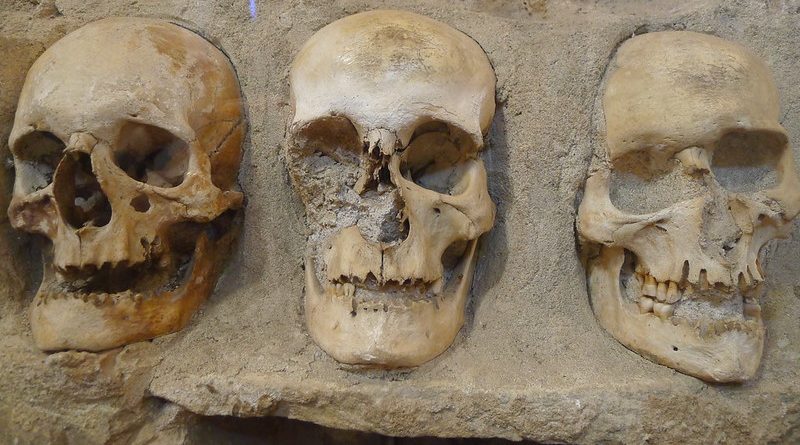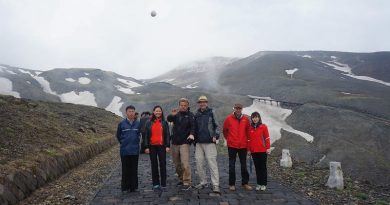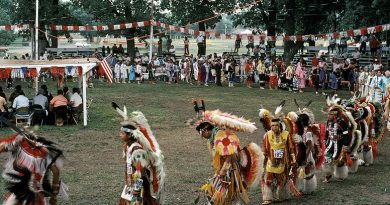Nis and it’s Skull Tower : A Serbian Battleground
NIS
Nis is one of the oldest cities in the Balkans, and has from ancient times been considered a gateway between the East and the West. The Paleo-Balkan Thracians were formed in the Iron Age, of which the Triballians dwelled in this region with a Celtic invasion in 279 BC that resulted in the forming of the Scordisci tribe.
The birthplace of Constantine the Great (274 – 337) Nis flourished under his rule of the Byzantine Empire when Christianity was no longer persecuted but accepted as one of and equal to the other religions of the Roman Empire.
Nis became an important artistic and economic centre until it was destroyed by Attila the Hun in 441. It was rebuilt and changed hands several times until it fell under Ottoman rule in 1448 for a good four centuries.
The Ottoman fortress at Nis was only constructed in the early 18th century, but stands on the foundations of earlier fortifications of Roman, Byzantine and medieval origin. It extends over an area of 22ha, and its walls are 8m high and 3m thick throughout. Significantly it incorporates a Belgrade Gate to the West and an Istanbul Gate to the East. The 15th hammam next to it is the oldest Turkish building in the city that now functions as a restaurant.
Uprisings by the local population were common throughout and one known as Battle of Cegar in 1809 led to the construction of what became known as the Skull Tower as a deterrent to insurrections. Fearing an inglorious defeat the Serbian General “The Falcon of Cegar” ignited a gunpowder store thereby famously blowing up himself, 3000 of his own troops and at least double the number of Turkish troops. In response the Turkish commander had the remaining Serbian skulls gathered from the battlefield and mounted on a 3m high tower. Today only 58 of the original 952 skulls remain, but it’s still an eerie sight.
The scalps from the skulls were stuffed with cotton and sent to Constantinople (modern Istanbul) as proof for Sultan Mahmud II.
The tower stood in the open air until the liberation of Niš in 1878. By that time, much of the tower had deteriorated from weather conditions or from the removal of skulls for burial by relatives of killed rebels. In 1892, with donations gathered from all over Serbia, a chapel designed by the Belgrade architect Dimitrije T. Leko was built to enclose what was left of the tower. Today, only 58 skulls remain.




